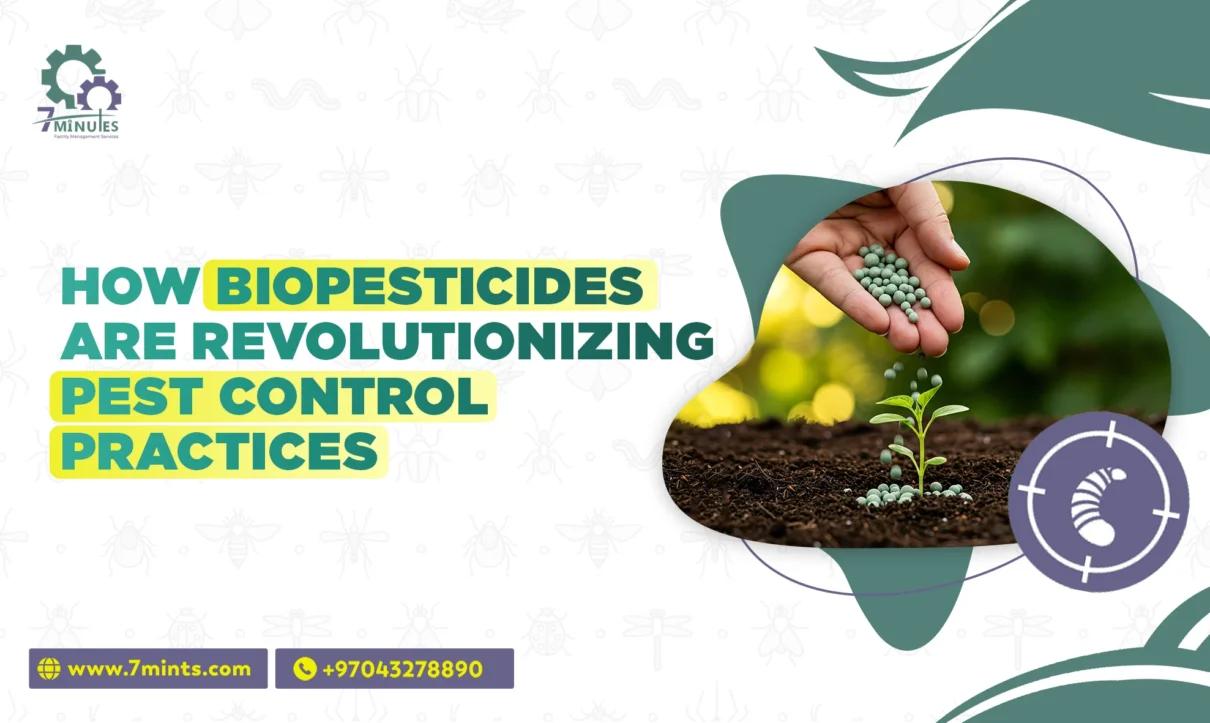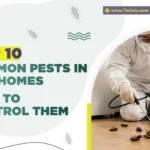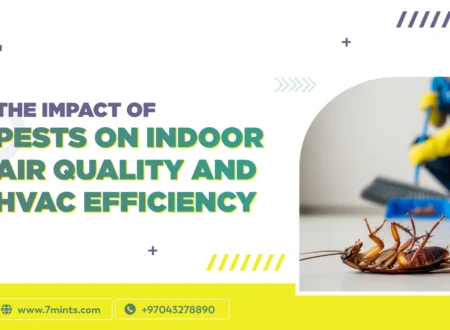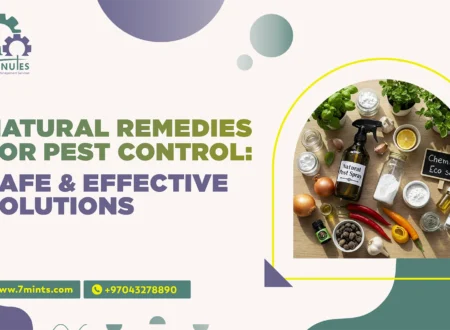Biopesticides thus have a lot of potential to revolutionize pest management globally in their quest for sustainability in agriculture and eco-friendly pest control. These agents are sourced from live organisms such as bacteria, fungi, plants, and minerals. They hold a diverse range of properties and applications different from those offered by conventional chemical pesticides, thus working towards an integrated, targeted, and environmentally safe approach to effective alternatives meeting the needs of today’s agriculture.
About Biopesticides
Biopesticides are pesticides produced from natural materials, such as animals, plants, bacteria, and certain minerals. They can be categorized into three main categories:
Microbial Biopesticides: Contain microorganisms, such as bacteria, fungi, or viruses, that attack specific pest species. An example is Bacillus thuringiensis (Bt).
Biochemical Biopesticides: Natural compounds interfering with the development or behavior of a pest (e.g., pheromones). Pheromones are chemicals that insects use to communicate. Mimicking those chemical signals should cause interfered mating behavior, thus killing the pest in the process but keeping beneficial insects intact.
Plant-Incorporated Protectants or BIPs: Genetic material introduced into plants to confer the production of pest-toxic substances. This is the approach of imparting a genetic modification to crops so as to induce the production of Bt toxins or similar pest-repelling compounds, thus granting built-in protections against certain pests.
These products are naturally much less toxic than synthetic pesticides and often degrade quickly, thus reducing their environmental impact.
Benefits of Biopesticides
Biopesticides have multiple advantages that make them indispensable tools in modern agriculture:
1. Environmental sustainability
Biopesticides are environmentally friendly and leave minimum toxic residues in the environment. Therefore, it is much matched with global scenarios towards sustainable farming practices and, more importantly, reducing the hazard of damage to the environment in the long run. Also, their usage is favorable towards the long-term preservation of biodiversity since they would protect beneficial organisms such as bees and butterflies, which are really important to ecosystem health.
2. Targeted Pest Control
Biopesticides are the most specific pest control agents. They function against the pest of concern without harming beneficial organisms like pollinators and predators. Thus, this contributes to the ecological balance and reduces collateral damage caused to biodiversity.
3. Reduced Pest Resistance
Chemical pesticides induce resistance in pest populations over time. In contrast, biopesticides disrupt biological processes important to the pest, thereby increasing the difficulty of resistance development. This adds a long-term aspect to their effectiveness while reducing further applications or the need to develop new chemical pesticide alternatives. Biopesticides have enabled farmers to manage their pest populations responsibly without aggravating the problem of pesticide resistance.
4. Compatibility with Integrated Pest Management (IPM)
Biopesticides fit smoothly into IPM situations, which provide a combination of biological controls with minimal chemical application to justly and sustainably deal with pests. This decreases reliance on synthetic chemicals while sustaining high yields for the crops.
5. Human and Animal Safety
The use of biopesticides in this regard is crucial for organic farming and consumers who wish to purchase products without pesticide residues. Biopesticides will also limit farm workers’ exposure to other toxic chemicals, hence leading to occupational safety in agriculture.
Challenges to the Use of Biopesticides
Despite the above positives, biopesticides have been confronted with certain challenges:
1. Slow Action
Biopesticides will usually act slower than chemical pesticides, requiring time to mobilize significantly against pest populations. This delayed control might, at times, limit their efficacy in cases of emergency situations requiring immediate action.
2. Environmental Unsuitable Conditions?
The biopesticide would be most effective in practice, subject to some adverse environmental conditions like temperature or humidity. For example, a certain level of moisture may be required for microbial activation of biopesticides. Hence, knowing about these environmental factors is indispensable to enhancing biopesticide performance.
3. Knowledge-Based Applications
Biopesticide implementation is highly knowledge-intensive, and efficient pest management through biopesticides implies knowledge of pest biology and proper use of biopesticides and their controls. Farmers must follow label specifications to the letter in order to avoid misapplications: know which pest species they are dealing with, the rate to apply, and the timing of application to correspond with activity of the pest life cycle. Training and education of farmers will further provide them with the expertise for proper application of biopesticides.
Radical Transformations in Pest Control
Use of biopesticides is changing much in pest control practices across the world by providing key solutions to some of agriculture’s most daunting challenges:
1. Sustainable Agriculture
Biopesticides will be the mainstay of sustainable practices aimed at reducing soil deterioration and water contamination by chemical pesticides and protecting those pollinators that are essential to agriculture—the bees and butterflies. Biopesticides secure long-term productivity for agriculture and healthier ecosystems by minimizing environmental footprints.
2. Food Security
Biopesticides add substantial value further toward food security objectives as espoused under global initiatives such as the SDGs of the United Nations because crop losses have been reduced due to pests without necessarily harming environmental health. They sustain productivity and resilience to population growth in agricultural systems.
3. Facilitation of Organic Production
In the face of an ever-increasing demand for organic produce, biopesticides open a portal for efficacious pest control under organic certification. Their low residues and safety margins make them perfect for farmers who want to sell crops pesticide-free. These results on the use of biopesticides hence increase the attractiveness of sustainable agriculture to consumers looking for healthier food options.
4. The Upward Surge of Scientific Ideas
With novel RNA interference and microbial formulation advances, the scope for application of biopesticides spans much broader than for simply precise and effective pest management oriented to agricultural needs. RNA interference-an emerging technology whereby one can target pest genes with utmost precision-promises new development opportunities in biopesticides.
Case Studies: Effective Implementation
There are various such successful cases of adoption of biopesticide in the farming system:
Microbiology-based biopesticides for disease control: Fungi-based products are used for controlling soil-borne diseases such as Fusarium wilt and can be seed treatments or soil amendments offering systemic protection from fungal pathogens.
Plant-Based Compounds: Neem oil is a very good deterrent to insect pests while remaining non-toxic to beneficial species. Derived from neem seeds, this oil disrupts the endocrine systems of insects, inhibiting their reproduction and effectively killing them.
RNAi Technology: Biopesticides using RNA interference (RNAi) technology are termed to target pest-specific genes and thereby not adversely affect non-target organisms. This technology offers a bright future for pests that are resistant to conventional pesticides. check out our latest blog post on How Climate and Seasons Affect Pest Behavior: What You Need to Know.
Future Perspectives
The future of pest control lies in expanding the biopesticides over various agricultural landscapes:
Market Expansion
It is expected that the world market of biopesticides will see a tremendous rise with the usage of environmentally friendly solutions by farmers. Governments and organizations across the world will use various subsidies and awareness campaigns to promote biopesticide application. Consumer demand for organic and sustainable produce is driving this process, augmented by legislation restricting chemical pesticides and their usage.
Technological advancement
Advancements in precision agriculture technologies may help in targeted monitoring of pest populations for the application of biopesticides. Identifying pest hotspots through drone and satellite imaging can result in more efficient applications of biopesticides.
Relating to Adverse Effects of Climate Change
Biopesticides hold the answers as climate change is altering pest dynamics across the globe. Becoming less polluting and more tolerant of crop productivity, biopesticides can support contrary agricultural systems whereby a farmer can guarantee food security amid climate-induced uncertainties.
Conclusion
Biopesticides will serve as a paradigm shift for most of the pest control practices that offer sustainable, target-oriented, and contact us for effective pest control solutions-called new age pest control—synonymous with conventional chemical pesticides.
Although biopesticides may protect crops and the environment, at the same time they become indispensable in modern agriculture. The advantages of biopesticides in IPM far outweigh the limitations, such as their slow action and sensitivity to environmental conditions.










1 Comment
Comments are closed.